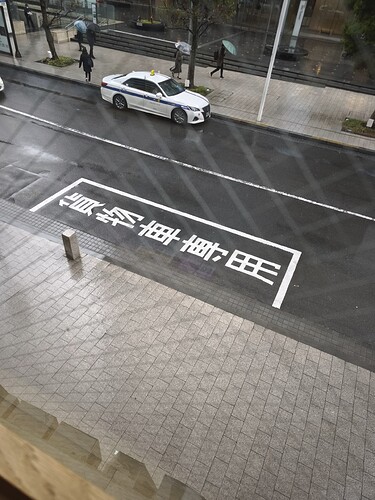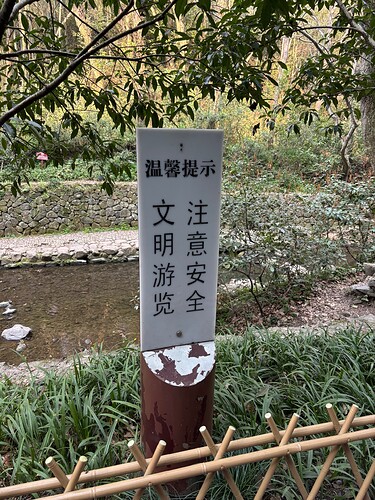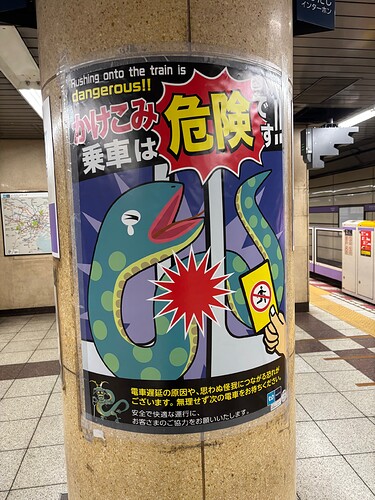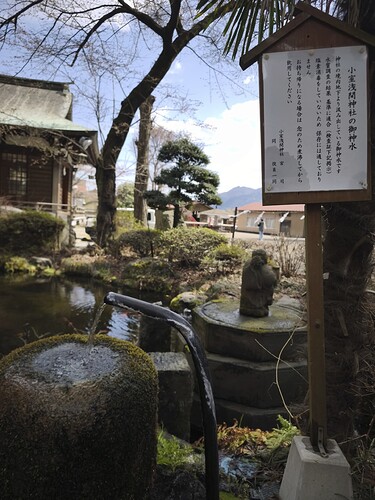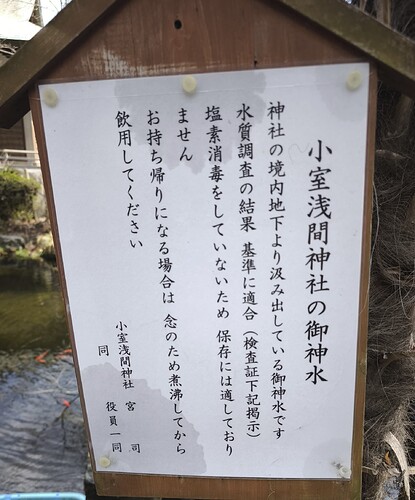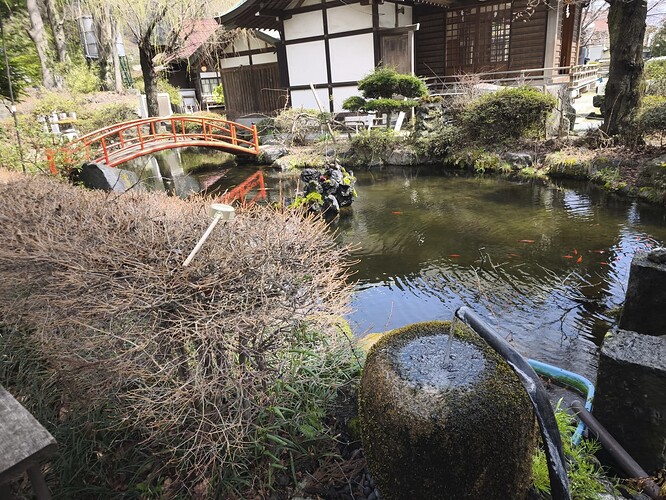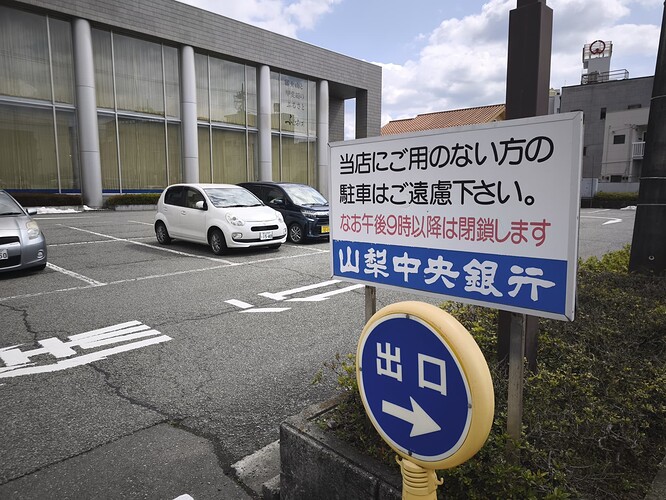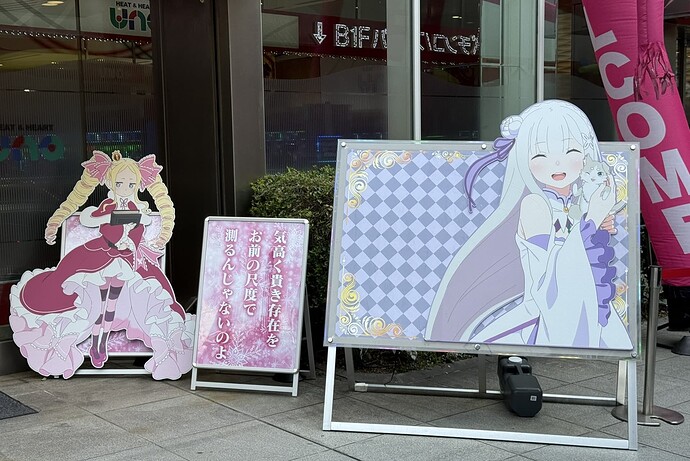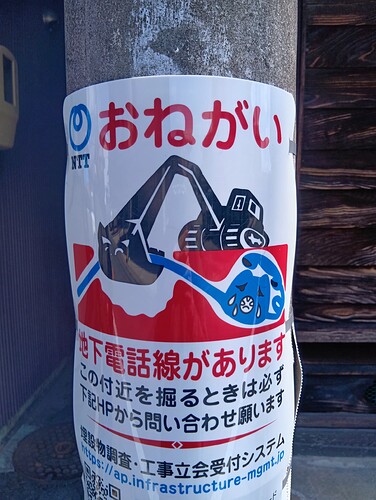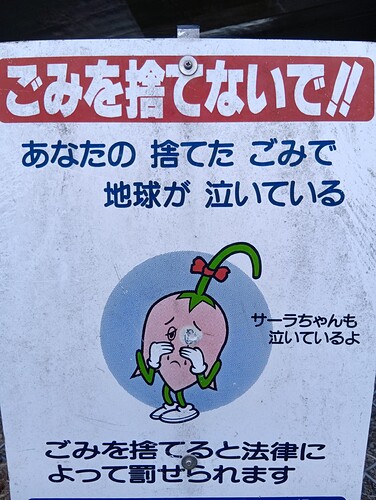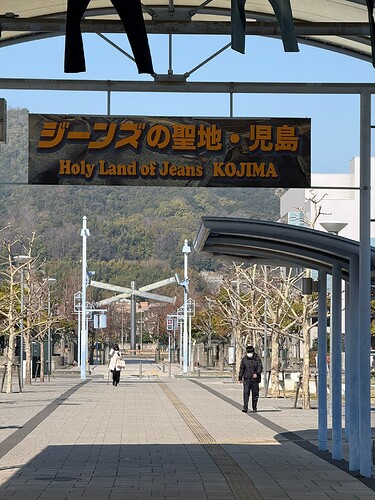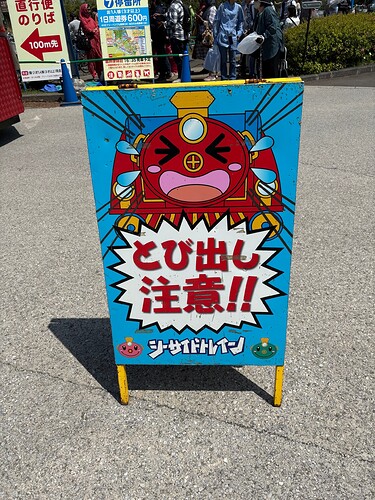As it happens, I’m in Japan for the first time, and can’t help but read every sign that I see.
In this thread, I’m thinking about posting pictures of some of those signs. Perhaps some of the forum dwellers also find it fun or educational to read them.
Please feel free to comment, discuss, ask questions, or go on wild unrelated tangents.
I cannot commit to a specific posting schedule, especially while still traveling, but will hopefully keep this topic alive once every few days.
Please feel free to contribute any signs of your own as well! But please wait 2 days since the last sign was posted to give all time zones a chance to catch up and chime in.
an aside on travel plans
Tokyo, Kyoto
a little Fukuoka
a lot of riding trains around Tohoku including Hirosaki festival and Omagari fireworks
Okinawa
It’s a bit haphazard and under-planned, and I’m not really going to blog about the travel itself, at least here.

